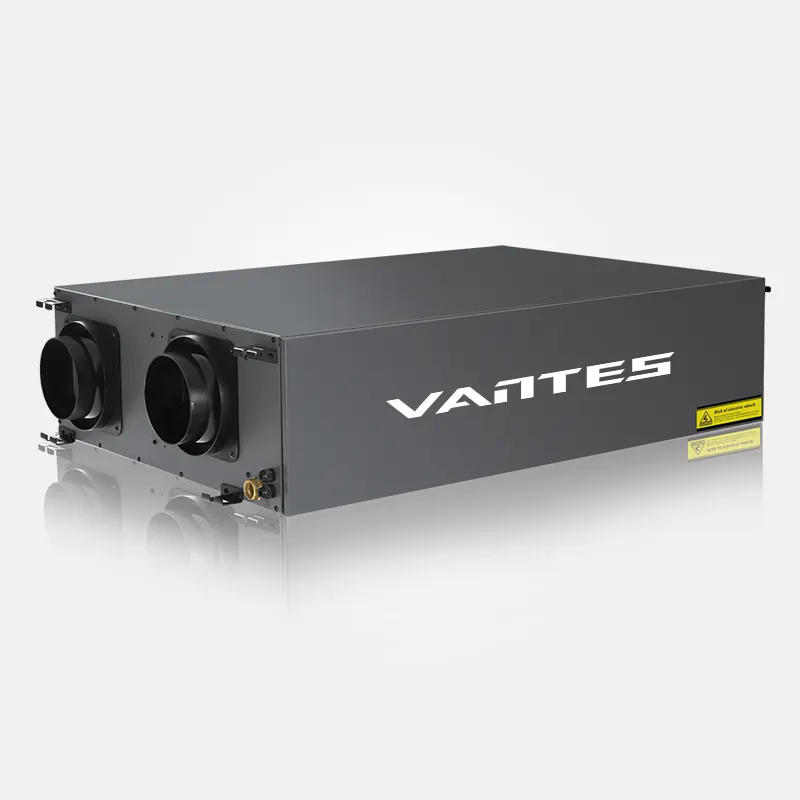The Relationship Between Ventilating Dehumidifiers and Energy-Saving
As their name suggests, ventilating dehumidifiers are inventions that seek to manage the humidity levels inside buildings, while at the same time enhancing the quality of the air. Self-contained dehumidifiers simply run a compressor or fan and remove vapor from the air whereas ventilating dehumidifiers completely change the air present in the room by tapping on the outdoor air. This also brings down the moisture levels and helps to remove the pollutants in the room thus resulting to a healthier living condition.
Working with Ventilating Dehumidifiers
The devices utilize the incoming outdoor air, clean it using the filters, and then circulate it through a heat exchanger. This processed air does not come cold and moist; rather, it will be warm and dry since the humidified air will have been drawn out. This means that there is no risk of having excessive moisture added to the building that is likely to cause mildew and any conditions related to humidity. Ventilating dehumidifiers where ventilation is permitted while moisture is being drawn from the air are particularly useful in humid countries or houses without sufficient insulation.
Considerations To Encourage Prudence in Energy Use
What is captivating about ventilating dehumidifiers is that they are energy efficient. Dehumidifying the room using normal means alone is power-hungry, especially in places where the humidity is significantly high. However, ventilating dehumidifiers obtain air from fresh sources and combine this heat exchange process and thus consume little energy. Because the moisture levels are not excessive, people do not have to use so much energy in heating or cooling the room, thereby lowering the energy costs.
Improving Indoor Air Quality
Besides energy efficiency, ventilating dehumidifiers also assist in the improvement of indoor air quality. When stale air is displaced with fresh air from outside in a ventilating dehumidifier, common indoor pollutants such as dust, allergens, and VOCs are reduced. This improvement in the quality of air has benefits most especially for those who suffer from respiratory allergies or diseases.
In conclusion, ventilating dehumidifiers have both advantages of controlling humidity and significant energy saving. They are effective in achieving comfort and health in households without wastage of energy when a good quality ventilating dehumidifier is purchased. For those willing to purchase interesting products, look at the VANTES range. Our commitment to quality and Cutting-edge design sets us apart as an indoor air quality and energy efficiency solutions provider.



 EN
EN












